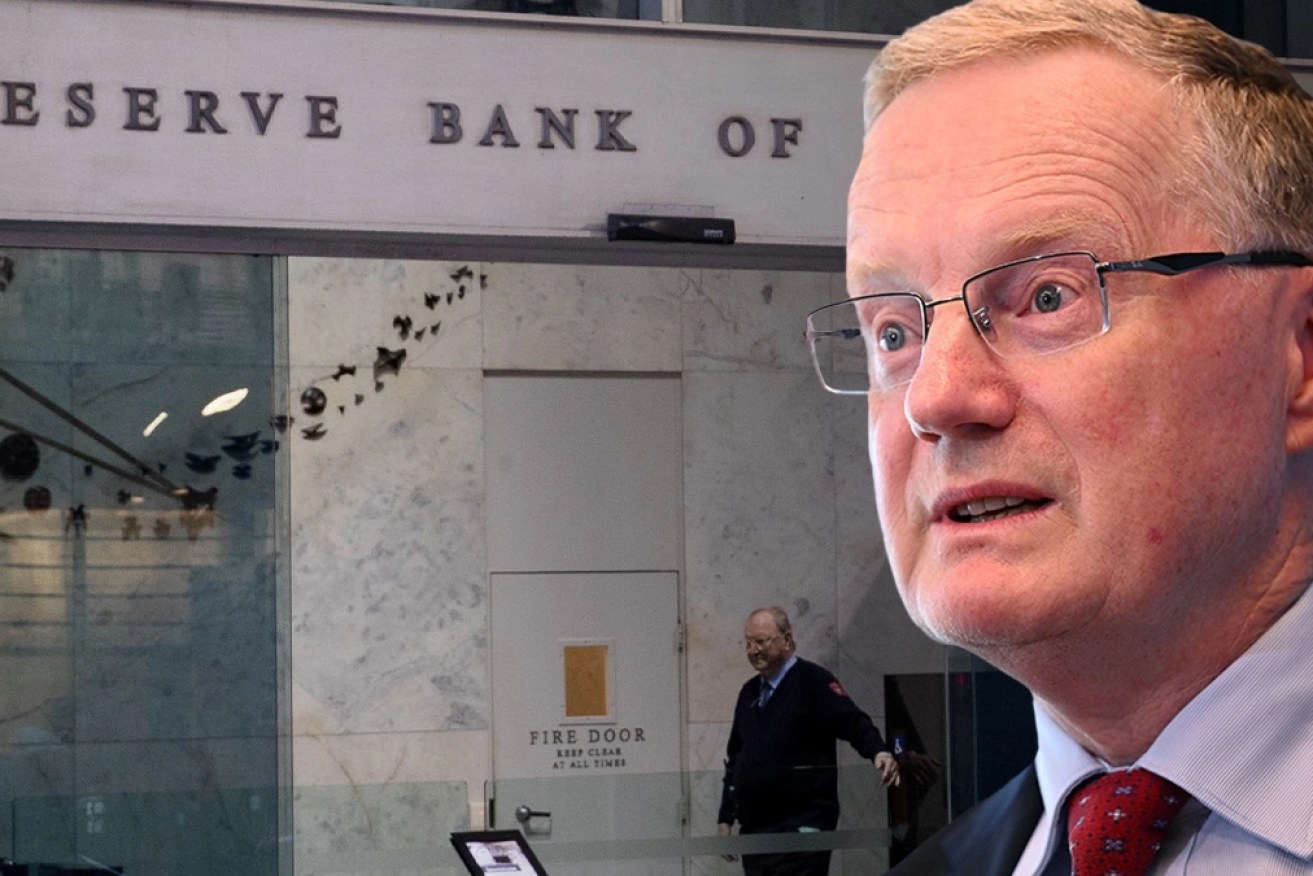Michael Pascoe: Innocent victims of the great inflation conundrum


RBA moves are pushing up the price of money, Michael Pascoe writes. Photo: TND
The Economics 101 picture the Reserve Bank paints of inflation fighting doesn’t tell near the full story. The people suffering from the supposed cure might rebel if they did.
What’s missing is the mess of conundrums that plague the textbook central bank response of boosting interest rates to dampen demand by weakening the economy, increasing unemployment, shrinking real wages and sending some businesses broke.
Unlike the real-world experience, reducing inflation all sounds rather academically clean and remote in the RBA Governor’s post-meeting statement.
It doesn’t acknowledge the conundrums inside the monetary puzzle, starting with what “tightening monetary policy” means: Pushing up the price of money.
Pushing up the price of something? Isn’t that inflationary? Yes, but the RBA pretends it is not. Interest rates are not included in the RBA’s benchmark, the Consumer Price Index.
(The higher cost of your mortgage next month isn’t added to the CPI, but the Australian Bureau of Statistics does include it in its SLCIs – Selected Living Cost Indices. Cute, eh?)
The rising price that certainly is in the CPI and getting all the attention at present is the cost of energy, but if you think about it for a moment, higher electricity bills do pretty much the same thing as higher interest rates: Suck money out of people’s pockets so they can’t buy as much other stuff, reducing overall demand in the economy.
Energy issue
In one way, pushing up the price of energy is more democratic than pushing up the price of money – only about 35 per cent of households have a mortgage through which to feel monetary pain, but just about everyone cops energy bills.
But in another way, squeezing the life out of the economy through more expensive energy is less fair as it is highly regressive – a larger proportion of poor people’s income goes on energy than that of wealthy people.
And then there’s the conundrum of the government and perhaps the RBA wanting to boost immigration to solve the immediate problem of skills shortages pushing up the price of labour.
But adding more people to the population increases demand (and therefore exerts cost pressure) for all those things in the CPI that the RBA is trying to reduce demand for – especially rent and the cost of new dwellings at a time when there already is a rental crisis and a shortage of tradies and key building materials.
(Businesses screaming long and loud about their inability to hire people have the ear of government and tend to welcome the problematic side of the equation as more demand equals bigger profits.)
Wages growth
The RBA pays particular attention to wages growth. Neither the RBA or Treasury have been able to demonstrate the slightest understanding of what wages might actually do, but they worry about and talk about it a lot.
“Wages growth is continuing to pick up from the low rates of recent years, although it remains lower than in many other advanced economies,” Governor Lowe noted on Tuesday.
“A further pick-up is expected due to the tight labour market and higher inflation. Given the importance of avoiding a prices-wages spiral, the board will continue to pay close attention to both the evolution of labour costs and the price-setting behaviour of firms in the period ahead.”
This graph from the Centre for Future Work shows all the close attention over the past decade has never been able to anticipate what might happen next.
Meanwhile, the Albanese government was elected on the promise of getting wages growth moving north again after nine years of wages suppression being the Coalition’s policy.
The RBA had been pleading for stronger wages growth for years, but suddenly stopped doing that in April when it decided inflation was already too high.
Jim Chalmers painted his budget last week as being on the same page as the RBA in wanting to fight inflation first – but he also wants higher wages and a fight is erupting between the government and business over industrial relations changes designed to increase them.
And there’s another conundrum: The mining industry apparently wanting to lead the fight against higher wages.
Correction: That’s not so much a conundrum as sheer hypocrisy. As this graph from the RBA shows, mining company profits are through the roof and heading for the clouds.
Thanks primarily to the windfall profits being enjoyed by the mining sector (yes, that includes oil and gas) another graph shows compensation of employees’ share of factor income falling to its lowest level since the ABS started keeping score while profits’ share is at its highest ever.
Excuse me if I don’t shed a tear for the mining lobby wanting to rekindle the spirt of its anti-resources tax campaign. If you have a spare $20 million to pay to friendly media companies to attack the IR changes, you’re not doing too badly.
Particularly when much of our inflation problem is well beyond our control and the government is pussyfooting around about exerting reasonable direct control on the prices that don’t need to be as high as they are, I fear the RBA and Treasury are being a little less than totally honest with us.
The RBA’s position comes down to the strong set of its jawbone in the last sentence of the Governor’s statement: “The board remains resolute in its determination to return inflation to target and will do what is necessary to achieve that.”
All the board can do is keep pushing up the price of money and keep making threatening noises about it – keeping it simple.











